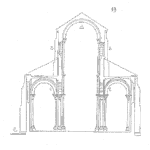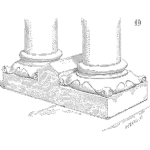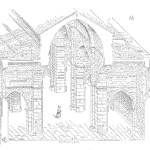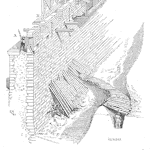
Fault Tree Analysis (FTA) provides a means to logically and graphically display the paths to failure for a system or component. One way to manage a complex system is to start with a reliability block diagram (RBD). Then create a fault tree for each block in the RBD.
Whether a single block or a top level fault for a system the basic process to create a fault tree follows a basic pattern. [Read more…]













